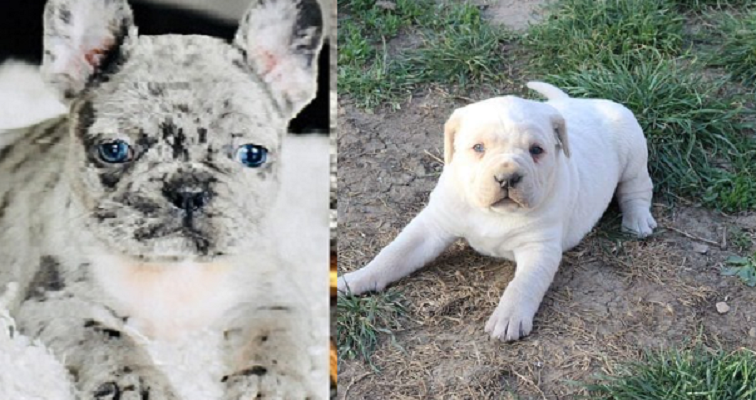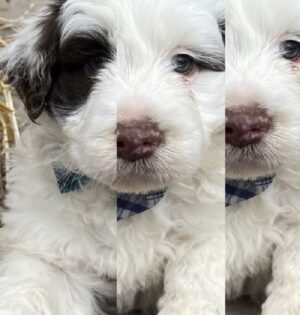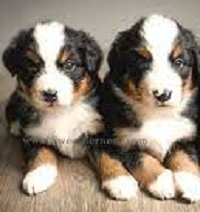Description
Natural Beauty of Cane Corso: Embracing the Breed’s Uncropped Ears and Undocked Tail
Cane Corso Without Cropped Ears and Docked Tail
Health Benefits of Keeping a Cane Corso’s Ears and Tail Intact
Exploring the Historical Significance of the Cane Corso’s Uncropped Ears
Top Grooming Tips for Cane Corsos Without Cropped Ears and Docked Tails
Cane Corso Training Techniques for Dogs with Natural Ears and Tails
Why Cane Corsos with Uncropped Ears Make Great Therapy Dogs
The Unique Aesthetics of Cane Corsos Without Ear Cropping and Tail Docking
Interview with Cane Corso Breeders Who Advocate for Keeping Ears and Tails Natural
Cane Corso Without Cropped Ears and Docked Tail
Cane Corso Health Concerns Related to Ear Cropping and Tail Docking
Photography Showcase: Capturing the Grace of Cane Corsos with Uncropped Ears and Undocked Tails
Understanding the Psychological Impact of Ear Cropping and Tail Docking on Cane Corsos
Debunking Myths About Cane Corsos Without Cropped Ears and Docked Tails
How to Identify a Responsible Cane Corso Breeder Who Respects Natural Ears and Tails
Cane Corso Rescue Stories: Celebrating Dogs with Uncropped Ears and Undocked Tails
The Legal Landscape: Regulations and Bans on Ear Cropping and Tail Docking for Cane Corsos
The Cane Corso is a majestic and powerful breed known for its protective nature and loyal temperament. Traditionally, these dogs have been subjected to ear cropping and tail docking, practices that have been ingrained in the breed’s history. However, in recent years, there has been a growing movement towards embracing the natural appearance of the Cane Corso, advocating for uncropped ears and undocked tails. This article delves into the historical context of ear cropping and tail docking, explores the health and welfare implications of these practices, discusses the trends towards natural Cane Corso appearance, provides practical care tips for uncropped and undocked Corsos, advocates for natural breed standards, and ultimately celebrates the innate beauty of these magnificent dogs in their natural form.
1. Introduction to the Cane Corso Breed
Understanding the Cane Corso’s History and Characteristics
The Cane Corso, with its imposing presence and loyal nature, has captured the hearts of many dog enthusiasts. This breed, originally from Italy, is known for its strength, intelligence, and protective instincts. Whether as a guardian or a companion, the Cane Corso is a versatile and impressive breed.
2. Historical Context of Ear Cropping and Tail Docking
Origins of Ear Cropping and Tail Docking in the Cane Corso Breed
Ear cropping and tail docking have a long history in certain dog breeds, including the Cane Corso. Originally intended for practical purposes like working and hunting, these practices were believed to enhance a dog’s appearance and functionality.
Cultural and Traditional Influences on These Practices
Cultural and traditional influences have played a significant role in the continuation of ear cropping and tail docking in the Cane Corso breed. These practices have been deeply rooted in certain societies and customs, shaping the breed’s physical attributes over time.
3. Health and Welfare Implications of Ear Cropping and Tail Docking
Potential Risks and Complications Associated with Cropping and Docking
While ear cropping and tail docking were once commonplace, there is growing concern over the potential risks and complications associated with these procedures. From increased pain during healing to potential behavioral changes, the health implications of cropping and docking are being scrutinized.
Ethical Considerations and Animal Welfare Concerns
As society shifts towards greater awareness of animal welfare, ethical considerations surrounding ear cropping and tail docking in the Cane Corso breed have come to the forefront. Many argue that these procedures are unnecessary and can impact the well-being of the dogs involved.
4. Trends Towards Natural Cane Corso Appearance
Shifts in Breed Standards and Preferences
In recent years, there has been a noticeable shift towards embracing the natural appearance of the Cane Corso, including natural ears and tails. Breed standards and preferences are evolving to reflect a more authentic and humane approach to the breed’s aesthetics.
Advantages of Natural Ears and Tails in Cane Corsos
Opting for natural ears and tails in Cane Corsos not only aligns with ethical considerations but also offers practical advantages. From improved communication through natural ear movements to maintaining the dog’s ability to express emotions through tail wagging, the natural appearance of Cane Corsos is gaining popularity for good reason.
5. Practical Considerations for Caring for Uncropped and Undocked Cane Corsos
Grooming and Maintenance Tips for Natural Ears and Tails
When it comes to grooming your Cane Corso with ears and tails left in their natural state, keeping them clean and healthy is key. Regularly check their ears for signs of infection, wax build-up, or debris. A gentle cleaning with a veterinarian-approved solution can help prevent issues. For their tails, ensure good hygiene by keeping the area clean and dry to avoid infections.
Training and Socialization for Uncropped and Undocked Cane Corsos
Training and socialization are crucial for any dog, including the majestic Cane Corso. With their natural ears and tails, focus on positive reinforcement techniques to help them develop good behavior. Proper socialization from a young age is essential to ensure they grow up to be well-adjusted and friendly companions. Remember, a well-trained Cane Corso is a happy Cane Corso!
6. Advocating for Natural Breed Standards
Raising Awareness and Promoting Natural Cane Corso Appearance
Let’s celebrate the unique beauty of the Cane Corso in its natural form! By raising awareness about the benefits of keeping their ears and tails intact, we can promote a more inclusive and diverse standard for this incredible breed. Embrace the floppiness and wiggle of those natural ears and tails – they’re part of what makes the Cane Corso so special.
Supporting Ethical Breeding Practices in the Cane Corso Community
Ethical breeding practices are essential to ensure the health and well-being of Cane Corsos. By supporting breeders who prioritize the natural appearance of the breed and adhere to responsible breeding standards, we can help maintain the integrity of the Cane Corso lineage. Let’s work together to advocate for ethical breeding practices and preserve the true essence of the Cane Corso.
7. Conclusion: Embracing the Natural Beauty of the Cane Corso
In conclusion, embracing the natural beauty of the Cane Corso with uncropped ears and undocked tails is a wonderful way to honor this remarkable breed. By providing proper care, training, and advocating for natural breed standards, we can ensure that these magnificent dogs are appreciated for all their unique features. Let’s celebrate the natural charm and allure of the Cane Corso – ears flopping and tails wagging with joy!
In conclusion, the shift towards embracing the natural beauty of the Cane Corso without cropped ears and docked tails signifies a positive evolution in our understanding and appreciation of these remarkable animals. By advocating for natural breed standards and promoting ethical practices, we can ensure the well-being and dignity of these dogs while celebrating their unique appearance. Let us continue to cherish and protect the Cane Corso in all its natural splendor, honoring their heritage and enhancing their quality of life for generations to come.




